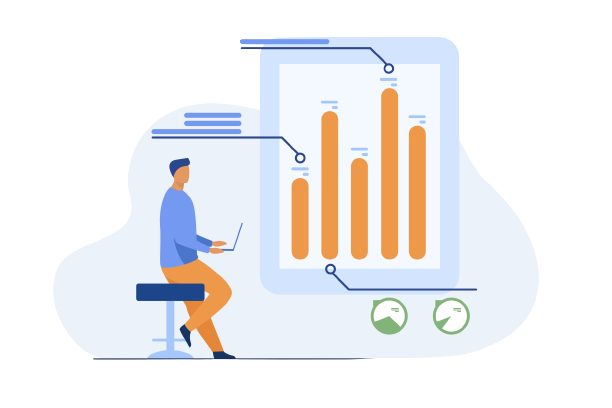Craft a Winning User Experience: Your Guide to Customer Journey Mapping


Let’s face it, we’ve all been there. You dream of conquering those health goals and feeling energized, but that pesky to-do list and ever-present Netflix queue make finding the time and motivation to exercise a constant battle.
Enter fitness apps! These handy tools promise personalized workout plans, convenient tracking features, and a supportive community to keep you on track. But with a saturated market overflowing with options, how do you choose the right one?
Here’s where understanding the customer journey map comes in. By mapping out the steps a potential user takes, from initial awareness to becoming a loyal app subscriber, we can identify key touchpoints and potential roadblocks.
This blog post will unpack this concept using a relatable customer journey map example and provide actionable tips you can apply to your own business, no matter the industry.
Imagine Sarah, a busy professional seeking a fitness app solution. Let’s follow her journey:
Sarah, a marketing whiz, lived her life on fast-forward. Between client calls and late nights at the office, her health took a backseat. Exhaustion became her constant companion, and sleep felt like a distant memory.
One evening, scrolling mindlessly through social media (her usual post-work unwind), Sarah stumbled upon a post from her friend, Emily. Emily, known for her love of pastries, was beaming, holding a medal – she’d conquered a 5K! The caption read, “Thanks to Fitbit for keeping me motivated!”
This post sparked a flicker of hope in Sarah. Could a fitness tracker be the key to unlocking a healthier, more energized her?





Sleep deprivation was a major issue for Sarah. The thought of finally feeling rested was a powerful motivator.
Craft compelling marketing campaigns that target potential users like Sarah at the awareness stage. Utilize social media platforms, user-generated content, and partnerships with health influencers to showcase success stories and highlight the app's benefits.
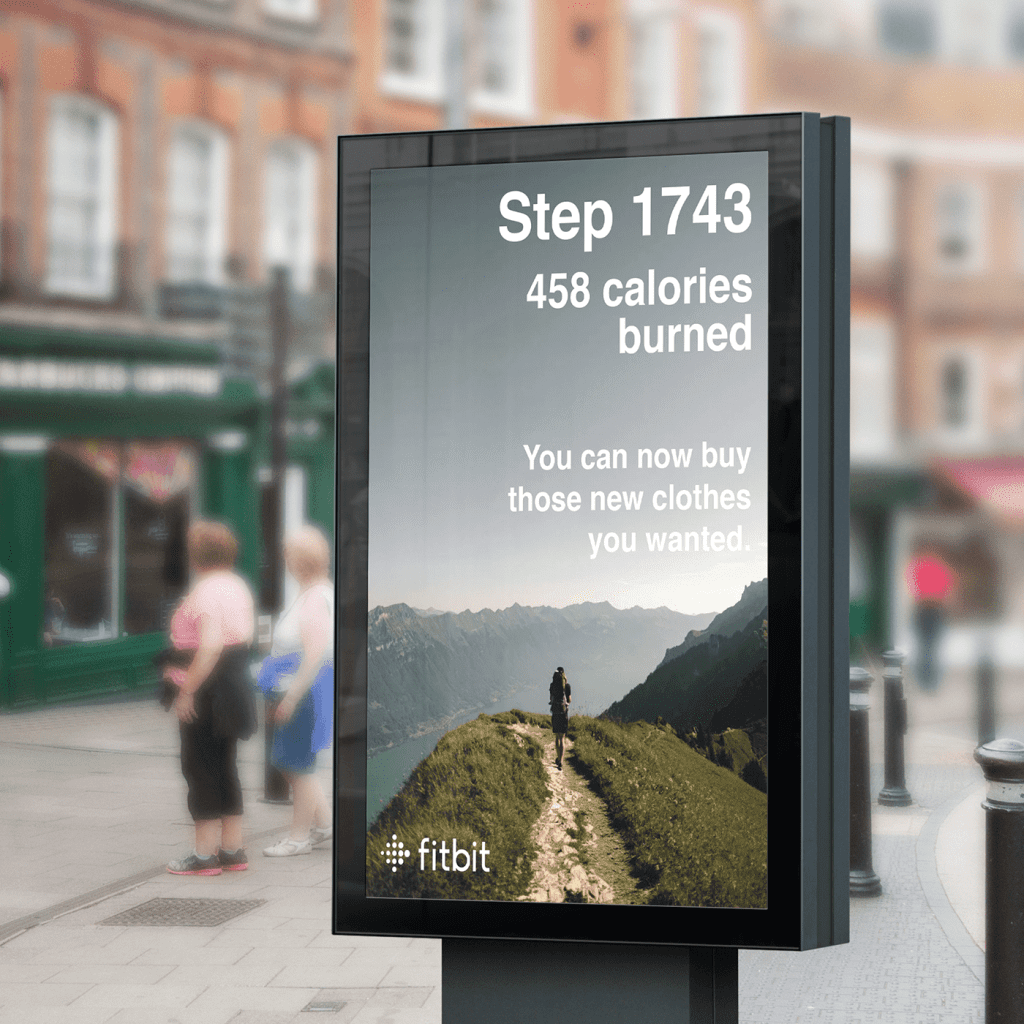

Fueled by curiosity, Sarah embarked on a research mission. She scoured review websites, read blog posts comparing different trackers, and even browsed the Fitbit website (all in between work tasks, of course).
The more she learned, the more Sarah saw the potential. Features like step tracking, sleep monitoring, and heart rate sensors piqued her interest. But with so many options, she wasn’t sure which Fitbit fit her best.





(1) Information Overload: Potential customers might find too much information overwhelming. (2) Complex Comparisons: Difficulty in comparing different models and features can deter purchase decisions. (3) Lack of Trust: Skepticism about the product’s efficacy or reliability based on online reviews or past experiences.
Remembering Emily's post, Sarah decided to leverage the power of social media again. She joined an online Fitbit community group. There, she found a supportive virtual haven filled with real people sharing their experiences. Sarah posted a question about the best Fitbit for busy professionals. The response was overwhelming! Fellow Fitbit enthusiasts showered her with recommendations and tips, all based on their own success stories. Sarah visits Fitbit’s website to read about different models. She can take a quiz to see which watch is right for her and compare different Fitbit watches (see example below) They also watch unboxing videos and read customer reviews, which further influence their decision.
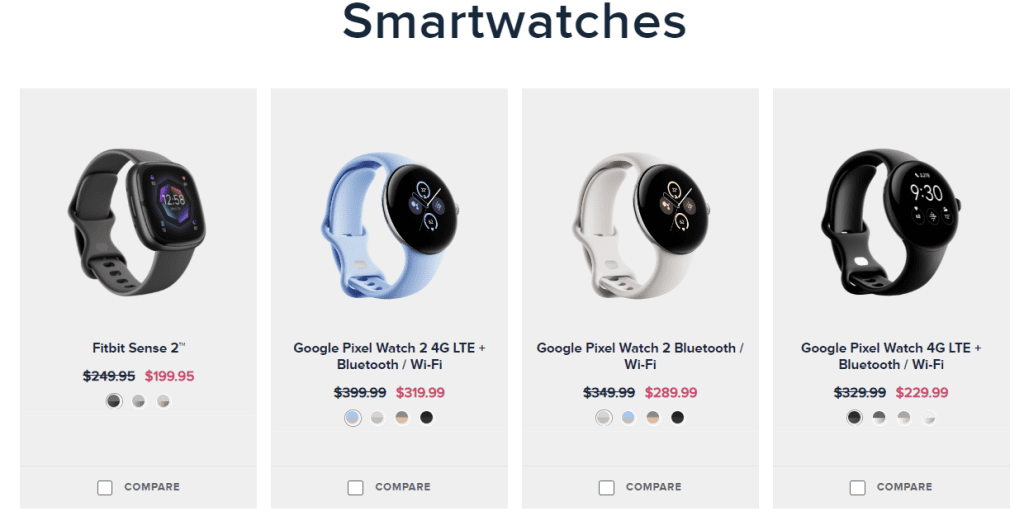

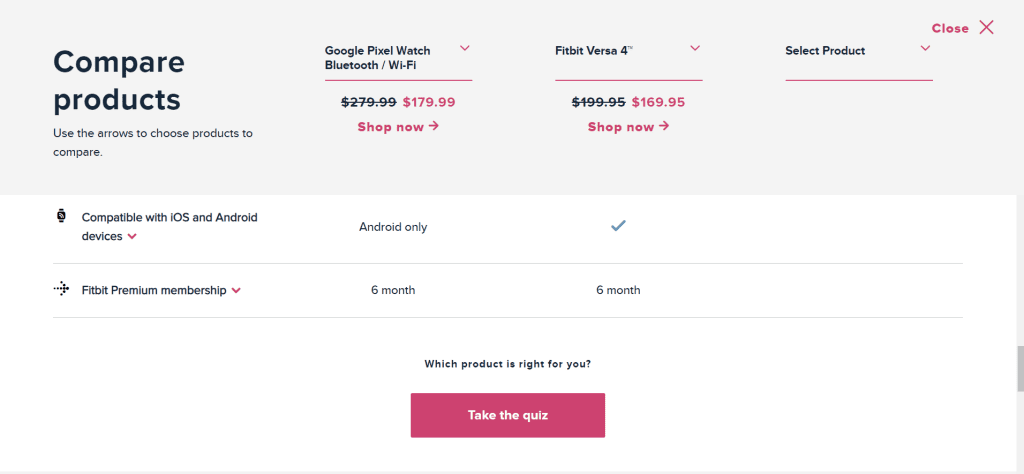



Sarah narrows down her options based on the information she gathered. She might prioritize user satisfaction and reputation based on app store reviews. She could also compare pricing plans and features to find the one that best suits her needs and budget. Additionally, Sarah might check social media comments to see how users interact with the app and the brand behind it.





(1) Complicated Checkout Process: A cumbersome checkout process can lead to cart abandonment. (2) Price Sensitivity: High prices may deter potential buyers, especially if competitors offer cheaper alternatives. (3) Lack of Payment Options: Limited payment methods can restrict potential customers.
Fitbit ensures a seamless purchasing process through their website and retail partners. They offer various models to suit different needs and budgets, along with special promotions and discounts.
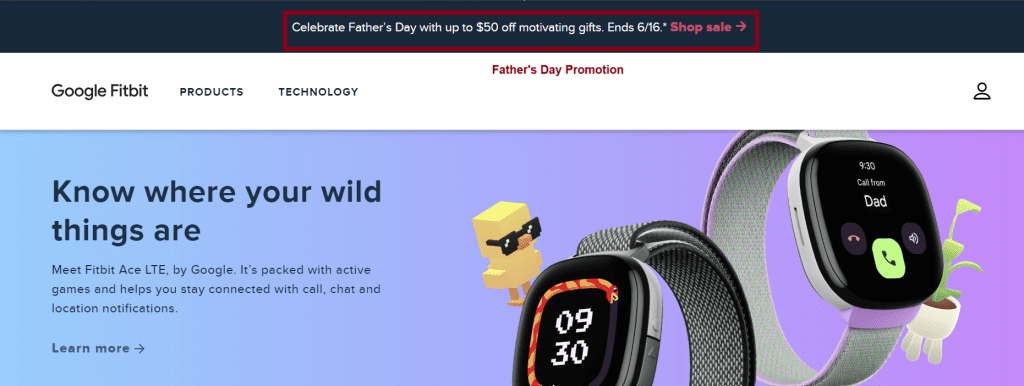

The day her Fitbit arrived, a spark of excitement ignited within Sarah. She eagerly set it up, the user-friendly app making the process a breeze. Tracking her steps felt strangely satisfying, and the promise of sleep data analysis fueled her hope for better nights.
As Sarah started using her Fitbit, a transformation began. She set realistic goals, and with each step she took, her motivation grew. Feeling empowered, she decided to share her journey on social media, inspiring others in her network.





(1) Onboarding Challenges: Difficulties in setting up and using the device can frustrate new customers. (2) Product Reliability: Issues with product performance or reliability can lead to dissatisfaction. (3) Lack of Engagement: Customers may lose interest if there are no ongoing engagement activities or updates.
Fitbit fosters retention by engaging with customers beyond the purchase. They offer rewards programs, regular updates with new features, and opportunities for customers to participate in challenges and community events. In the case of Sarah, the positive feedback she received fueled her even further. The online Fitbit community became her support system, a virtual cheering squad keeping her accountable and motivated.
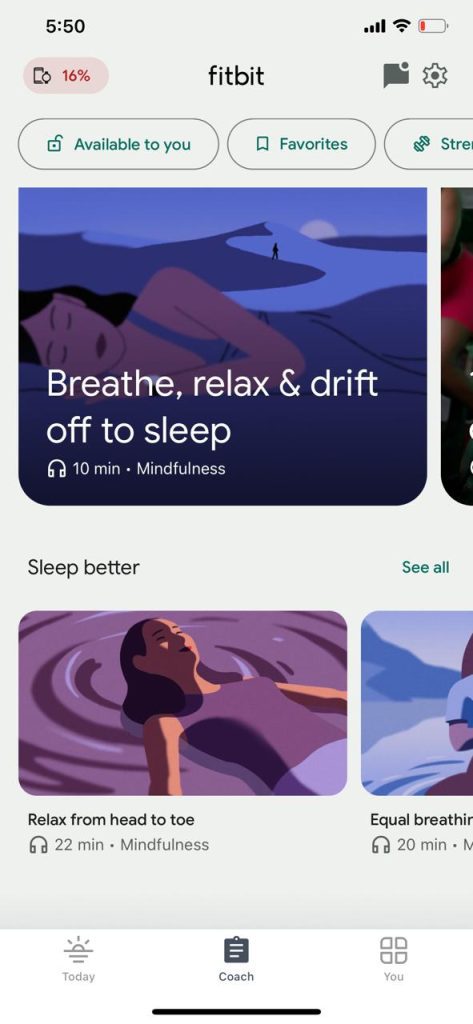

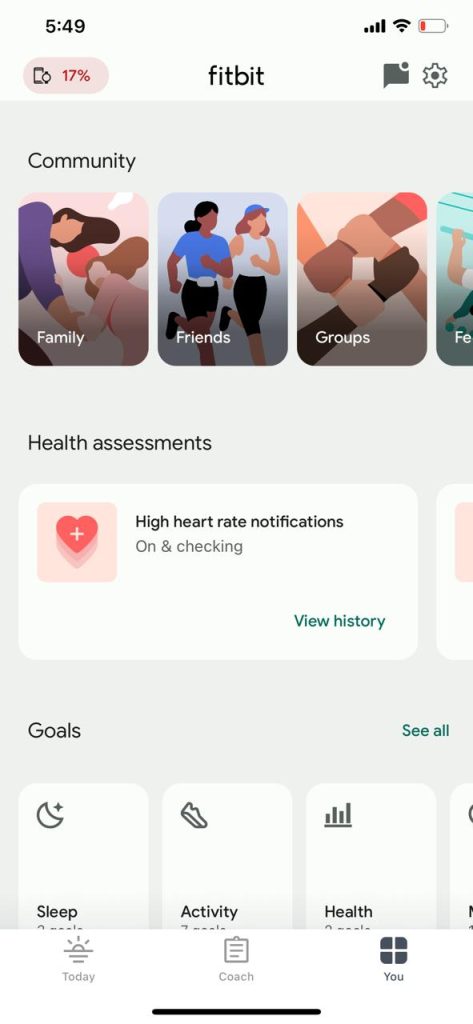

The Power of the Customer Journey Map
By understanding Sarah’s journey and potential pain points, fitness app developers can:
Remember, this customer journey map example was focused on the Fitbit app but this does not mean that it is just limited to fitness apps! This powerful tool can be applied to any business. By understanding your target audience’s journey and addressing their pain points at each stage, you can optimize your product or service, create a frictionless user experience, and ultimately drive customer engagement and loyalty.
Start Collecting Your Customers Feedback
Don’t Let Your Competitors Understand Your Customers Better Than You
Don’t miss out. Try our 30-day Free Professional Trial.
